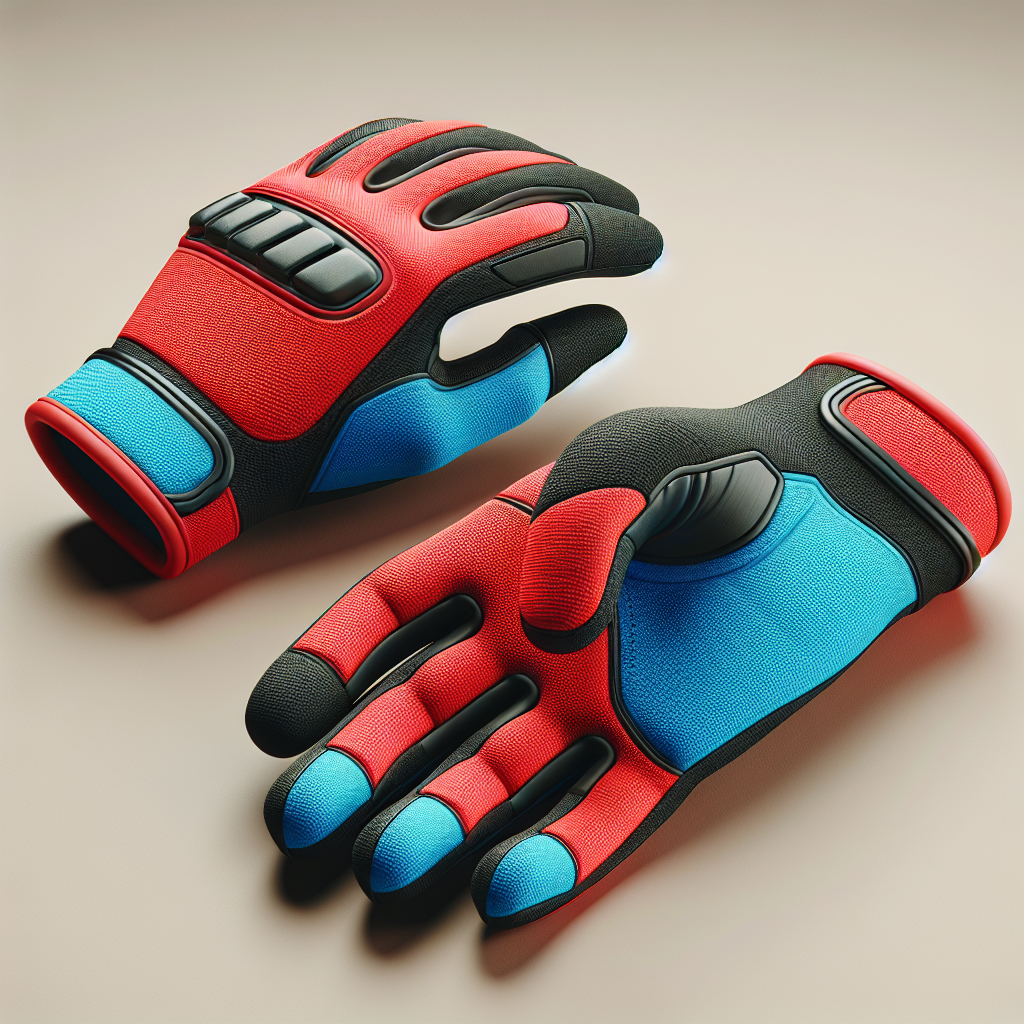
Whether you’re a seasoned athlete or just starting your fitness journey, having the right gear can make a significant difference in your performance and comfort. One often-overlooked accessory is exercise gloves. Designed to enhance grip, improve comfort, and protect your hands, exercise gloves come in various styles and materials. In this guide, we’ll explore the factors to consider when choosing the right exercise gloves for your needs.
Why Wear Exercise Gloves?
While not strictly necessary for all workout routines, exercise gloves offer several benefits:
-
Enhanced Grip: Gloves provide a better grip on weights and equipment, reducing the chance of slipping or losing control.
-
Protection: Gloves protect your hands from calluses, blisters, and abrasions caused by weightlifting, bodyweight exercises, or outdoor activities.
-
Comfort: Padding in gloves can makes workouts more comfortable by cushioning your palms and minimizing fatigue.
-
Sweat Absorption: Many gloves are designed with moisture-wicking materials to help manage sweat, keeping your grip firm.
- Improved Hygiene: Wearing gloves can protect your hands from germs and bacteria that accumulate on gym equipment.
Types of Exercise Gloves
When it comes to exercise gloves, there are several types to choose from, each designed with different activities and preferences in mind:
1. Weightlifting Gloves
These gloves are specifically designed for lifting weights. They usually feature reinforced palms, wrist support, and padding to keep your hands safe during intense workouts. Look for gloves with breathable materials to enhance comfort during heavy lifting sessions.
2. CrossFit Gloves
Designed for multi-functional training, CrossFit gloves often feature a more lightweight design with flexibility to accommodate a wide variety of movements. They provide grip for lift-heavy workouts, rope climbing, and bodyweight exercises while allowing for breathability and dexterity.
3. Cycling Gloves
Cycling gloves feature padded palms for comfort during long rides, while the grip helps maintain control of the handlebars. Some designs have full fingers, while others are fingerless, depending on the rider’s preferences.
4. Gymnastics Gloves
Gymnastics gloves are usually made of leather or synthetic materials and provide additional grip during bar work and floor exercises. They are designed to fit snugly and often have wrist straps for support.
5. Boxing and MMA Gloves
For combat sports, specialized gloves provide protection for the hands while allowing for adequate mobility. Boxing gloves tend to be heavily padded and come in various weights, while MMA gloves offer finger flexibility for grappling.
Factors to Consider When Choosing Exercise Gloves
To ensure that you pick the best gloves for your needs, consider the following factors:
1. Material
The material of the gloves plays a crucial role in durability, comfort, and moisture management. Popular materials include:
- Leather: Durable and long-lasting, leather gloves offer a classic fit but can be expensive.
- Synthetic Fabrics: Typically lighter and more breathable, synthetic gloves can wick away moisture and may be less expensive.
- Neoprene: A flexible and water-resistant option, neoprene can offer great comfort and grip.
2. Fit and Size
A good fit is essential for maximizing comfort and effectiveness. Gloves should fit snugly but not overly tight. Many brands provide size charts, so measure your hand’s circumference and refer to the sizing guidelines.
3. Padding and Cushioning
Consider how much padding you need based on your workout. More padding offers comfort but can reduce grip sensitivity. For weightlifting, less padding may be preferred to feel the bar better, while more padding can be beneficial for cycling or other high-impact activities.
4. Wrist Support
Some exercise gloves come with built-in wrist wraps or straps that offer additional support during heavy lifting. These can be beneficial in preventing strains and injuries, especially for beginners or those lifting heavy weights.
5. Ventilation
Look for gloves that offer good ventilation to reduce sweat accumulation and stay comfortable during workouts. Mesh panels or perforated designs can improve airflow.
Conclusion
Choosing the right exercise gloves can significantly enhance your workout experience, providing comfort, grip, and protection. By considering the type of exercise you’ll be doing, as well as factors like material, fit, padding, and ventilation, you can find the perfect pair to suit your needs. So, grip it and rip it—your hands will thank you for it!




